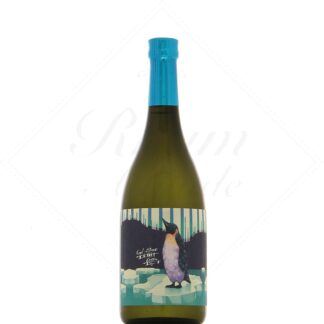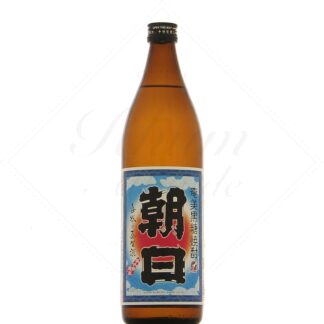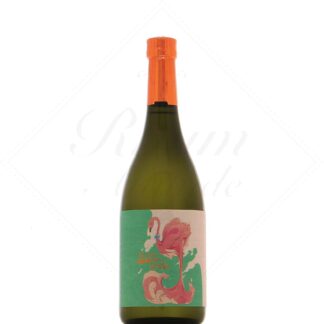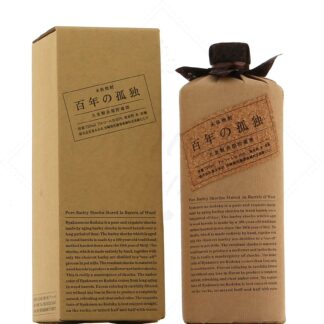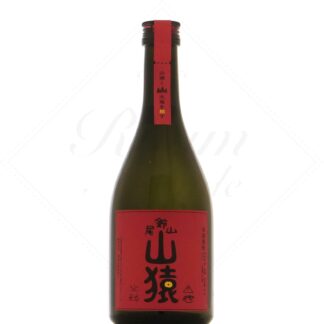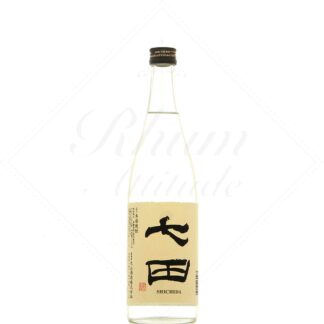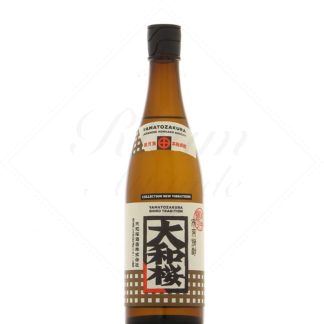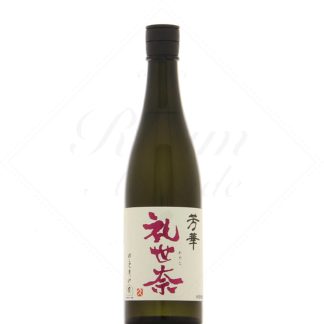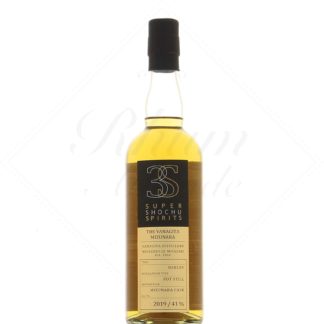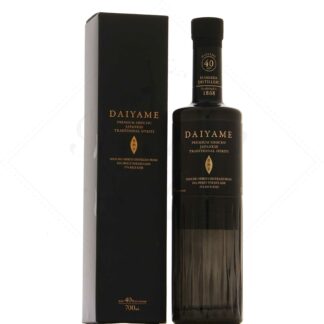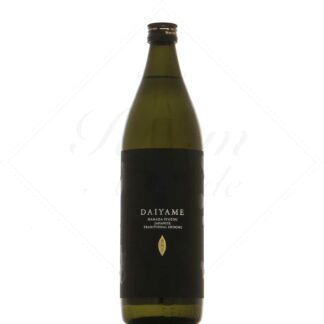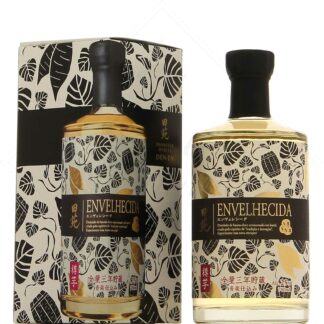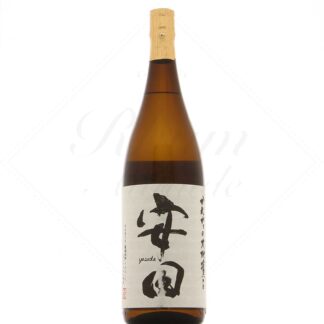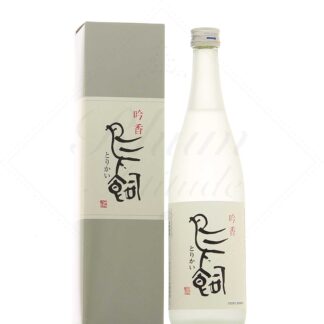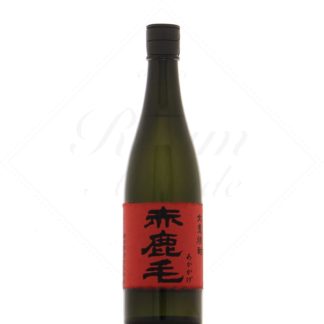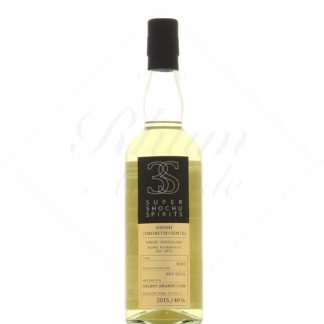Shochu
Shochu is Japan's traditional brandy. Unlike sake, which is a fermented beverage, shochu is a distilled beverage. The main characteristics of Honkaku Shochu (authentic shochu) are ..:
- The use of koji in fermentation
- Single-pass distillation in traditional alembics
The origins of shochu
Japan's first distilled spirits are thought to have appeared around the 15th century. The techniques and inspirations were originally Chinese, and were combined with Japanese fermentation know-how.
The fermentation process relies on koji, a mold that transforms rice starch into sugar, making it accessible to yeast and thus to alcoholic fermentation. Typically, shochu producers use steamed rice on which they scatter koji. The koji spreads and gradually converts the starch into glucose. This primary fermentation then serves as the basis for the main fermentation.
For secondary fermentation, yeast, water and one of the 50 or so ingredients permitted in shochu production are introduced. The main ingredients are :
- Rice (kome)
- Barley (mugi)
- Sweet potato (imo)
- Cane sugar (Kokuto)
- Sake lees (sakekasu)
- Buckwheat (soba)
Shochu production
Following the second fermentation, the sugars in the rice and the main ingredient are transformed into alcohol. This is followed by distillation, which takes place in a traditional (usually steel) alembic in a single pass. For Korui Shochu ("modern" shochu), this distillation can be multiple, or even continuous, in a column.
The aim of simple distillation is to retain as much of the aromas of the raw material and its terroir as possible. Two types of still are used in traditional production: the "classic" still, which distills under atmospheric pressure, and the vacuum still, which operates at low pressure. As the boiling temperature is lower under vacuum, the distiller can retain finer, less "cooked", more delicate aromas.
The eau-de-vie is distilled to around 40% alcohol, then diluted to 25% in most cases. It is then left to rest for several months, or even years, in stainless steel or enamelled vats, or in buried terracotta pots. An increasing number of shochus are also aged in barrels.
Tasting shochu
The degree of bottling of shochu is often quite low, compared to the spirits we're used to. The reason for this is cultural, and lies above all in the fact that shochu is consumed at the table. It is often diluted to 12% or 14%, like wine. Such dilutions are made possible by the famous one-pass distillation process, which produces brandies with concentrated aromas.
Shochu can be enjoyed neat, on the rocks, in cocktails, or according to Japanese traditions:
Oyuwari
The drink is diluted with hot water (70-80°C) with a ratio of 6 parts water to 4 shochu. We can also dilute 50-50, or to our liking. It involves pouring the hot water first, then the shochu. The temperature difference will take care of making the mixture.
Mizuwari
Shochu is diluted with fresh water, using the same ratio called Roku-yon (6:4). Ice cubes may or may not be used.
Maewari
Dilution is carried out 24 hours to a week before consumption. This allows the water of reduction to be gently integrated, as is done in the production of eaux-de-vie. The texture, roundness and length on the palate are enhanced. The blend can then be served over ice, at room temperature, or reheated in a teapot.
Sodawari
This method of serving is very much in vogue these days. Simply add sparkling water to the shochu. With ice, you gain in freshness what you lose in aroma. Read less
